Search Options Trading Mastery:
Covered Call Write
How and When To Do a Covered Call Write
A covered call write is the art of buying a financial instrument such as a stock or future and then selling a call option over it. But how you will structure the trade should be heavily influenced by where you expect the underlying to go by the time expiration date arrives.
Bull Markets
For example, let's assume that your write covered calls under the assumption that the underlying will rise within a month to six weeks. In this case, your best strategy would be to sell call options at a strike price above the price at which you purchased the underlying. The reason for this, is that at expiration date, not only do you get to keep the call option premium, but in the event the market price of the underlying is above the call strike price and you are exercised, you will also make a gain on the shares, having sold them.
Bear Markets
On the other hand, you might want to write covered calls during a bear market and are concerned that the price of the underlying will fall, leaving you in a position where the capital loss on the shares is greater than the premium received from the covered call write. There is a solution to this.
You buy your underlying financial instrument but when you come to selling your call options, make sure they are 'in-the-money'. This way, you will receive a much greater premium for the options and this will give greater protection against the underlying stock or other security, falling. You income will not be as great as with a rising underlying price - it is a much more conservative strategy and your profit will consist entirely of "time value" in the options.
This covered call write strategy brings in a greater premium but it also lowers the exercise price of the options, so it is likely you will be exercised at a price lower than what you purchased the underlying assets for.
Adjusting a Covered Call Write
Another way of dealing with falling share prices, is to sell your call options 'out-of-the-money' (OTM). Then when the underlying price drops, you buy back the OTM options for a profit, at which point you immediately sell more 'at-the-money' (ATM) options. This double-dipping gives you extra call option premium to cover the fall in the underlying.
Depending on how far along the road to expiration the above occurs, you can also make a decision whether to do your second covered call write for a later expiration month, receiving more premium than for the front month.
Consolidating Markets
A consolidating market is when price action is going sideways for some time. These can be ideal setups for writing covered calls. You buy at the bottom of the trading range and sell your call option premium at a strike price above purchase price, but preferably at the top of the range. If at expiration, your share price is above your purchase price but hasn't breached the call option strike price, you won't be exercised. So you then have the choice of whether to sell your shares, or keep them and sell calls for the next month out.
**************** ****************
Return to Covered Calls Contents Page
Go to Option Trading Homepage





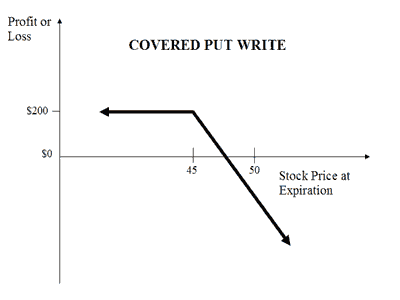
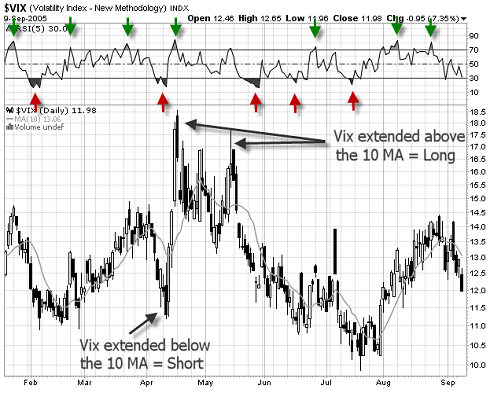
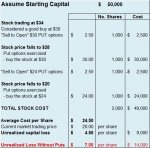
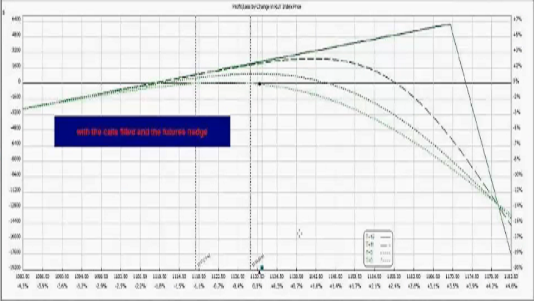

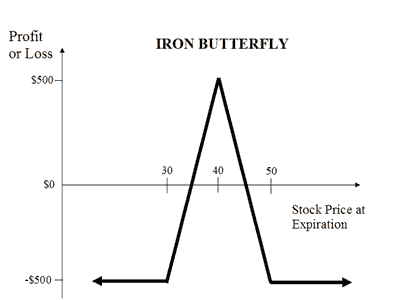



New! Comments
Have your say about what you just read! Leave me a comment in the box below.